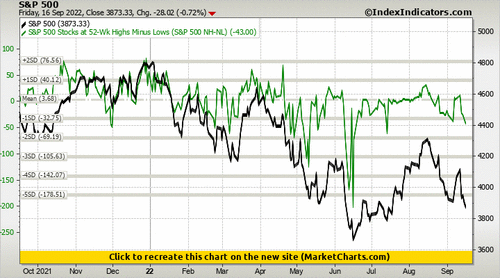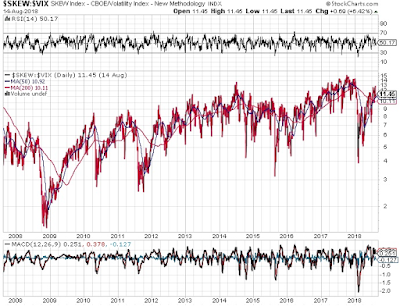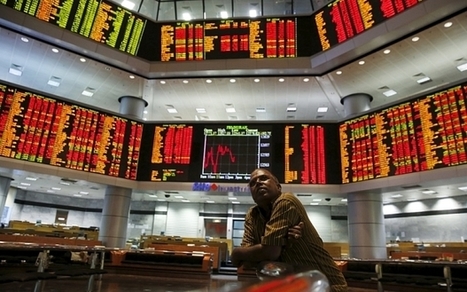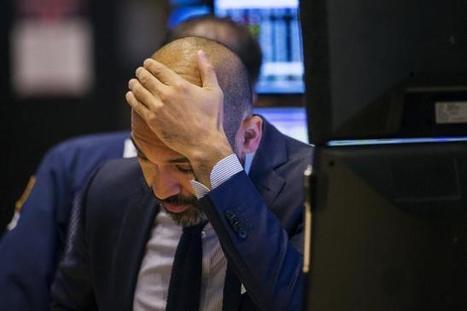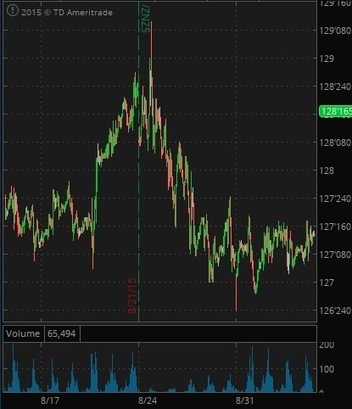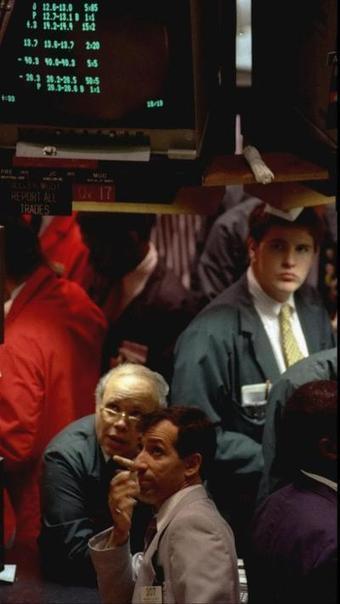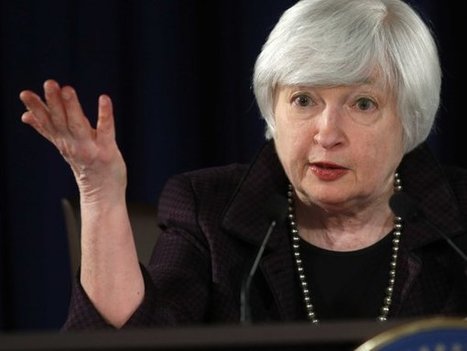There is a plethora of indicators to track while evaluating financial markets. Here are some important ones:
1) The Chinese Yuan:
The Chinese Yuan is often a proxy for the risk on trade. Periods of strength in the Chinese Yuan as seen in the last 3 months, have often been accompanied by up moves in risk assets such as stocks, commodities and emerging market currencies:
source:investing.com

2) The S and P 500 Price to Sales Ratio:
This is a key valuation measure and price to sales ratios greater than 2 have often symbolized over valuation while ratios lower than 1 have produced undervalued buy opportunities:
source: multpl.com

3) The Yield Curve:
The yield curve is a very reliable economic indicator and an inverted yield curve like we have now has often been followed by recessions or periods of rapidly slowing growth, while an upward sloping yield curve is often indicative of an expanding economy:
source: ETF Trends

4) CNN Money's Fear and Greed Indicator:
This is a sentiment indicator which is a combination of several sentiment indicators and indicates whether market participants are fearful or greedy:
source: CNN Money

5) The Skew Vix Ratio:
This indicator is another sentiment indicator and values below 5 tend to mark panic bottoms while values above 15 tend to mark complacent tops. This ratio has been making lower highs and lower tops of late suggesting that there may be one more panic bottom in the not too distant future:
source: Stock Charts

1) The Chinese Yuan:
The Chinese Yuan is often a proxy for the risk on trade. Periods of strength in the Chinese Yuan as seen in the last 3 months, have often been accompanied by up moves in risk assets such as stocks, commodities and emerging market currencies:
source:investing.com
2) The S and P 500 Price to Sales Ratio:
This is a key valuation measure and price to sales ratios greater than 2 have often symbolized over valuation while ratios lower than 1 have produced undervalued buy opportunities:
source: multpl.com
3) The Yield Curve:
The yield curve is a very reliable economic indicator and an inverted yield curve like we have now has often been followed by recessions or periods of rapidly slowing growth, while an upward sloping yield curve is often indicative of an expanding economy:
source: ETF Trends
4) CNN Money's Fear and Greed Indicator:
This is a sentiment indicator which is a combination of several sentiment indicators and indicates whether market participants are fearful or greedy:
source: CNN Money
5) The Skew Vix Ratio:
This indicator is another sentiment indicator and values below 5 tend to mark panic bottoms while values above 15 tend to mark complacent tops. This ratio has been making lower highs and lower tops of late suggesting that there may be one more panic bottom in the not too distant future:
source: Stock Charts


